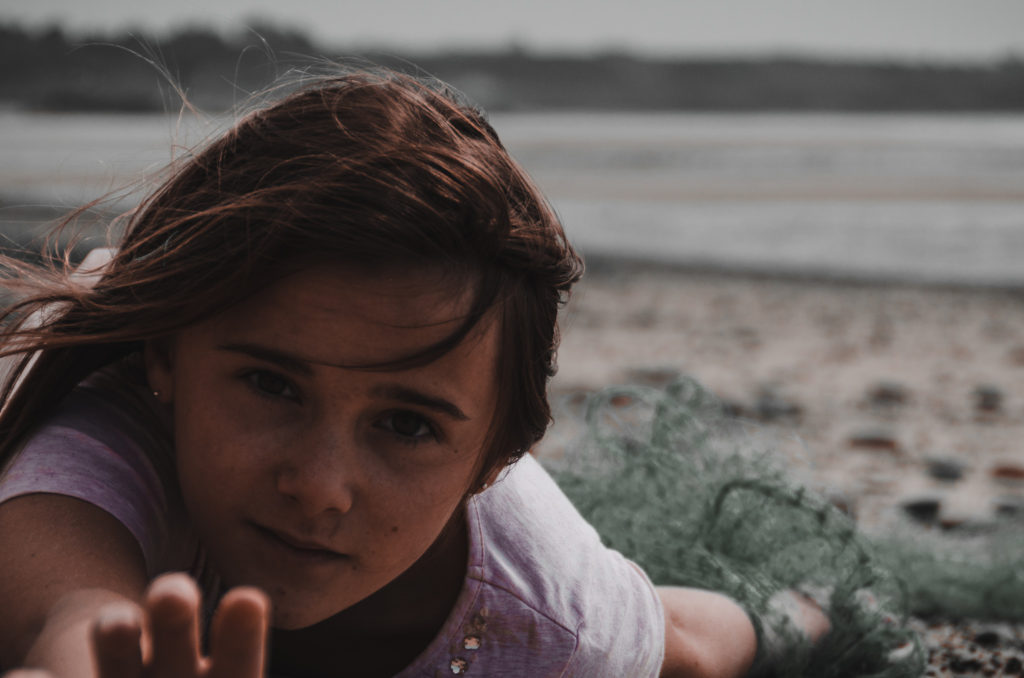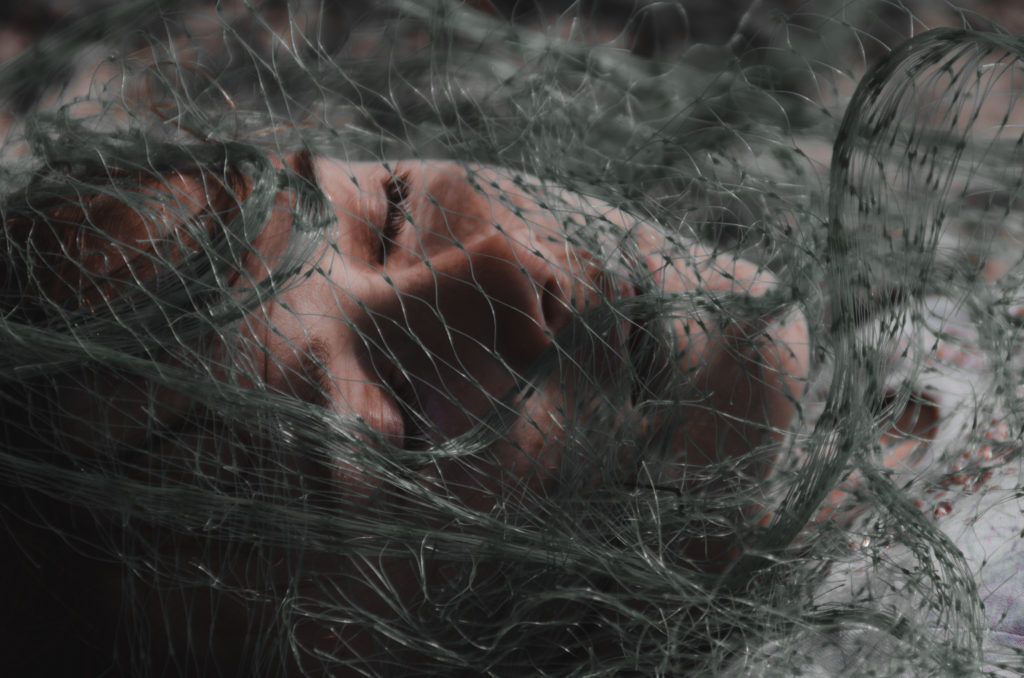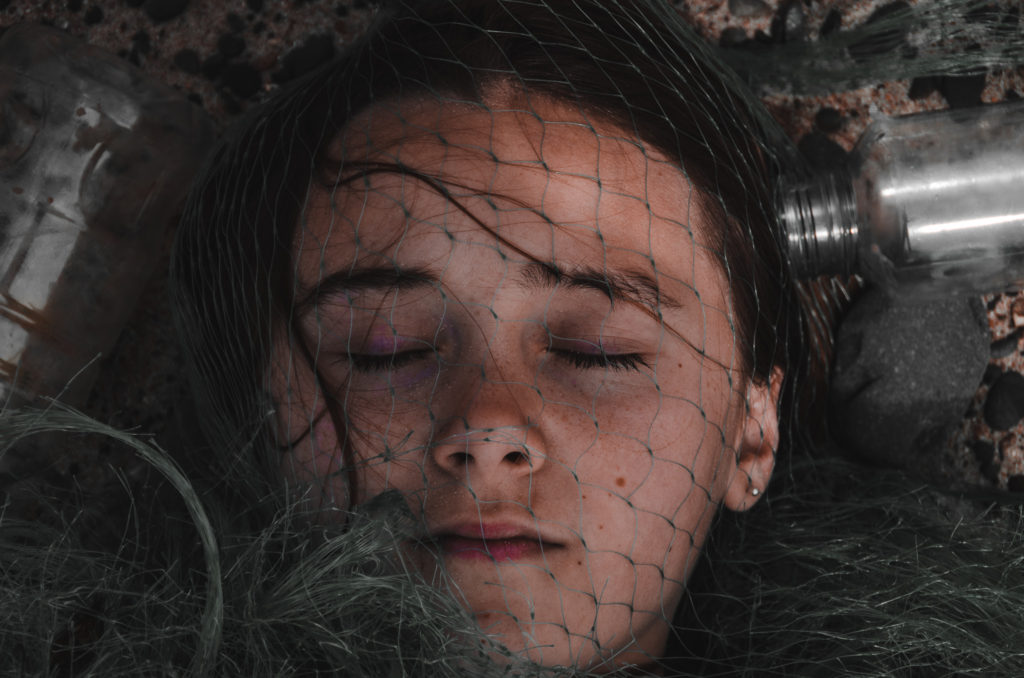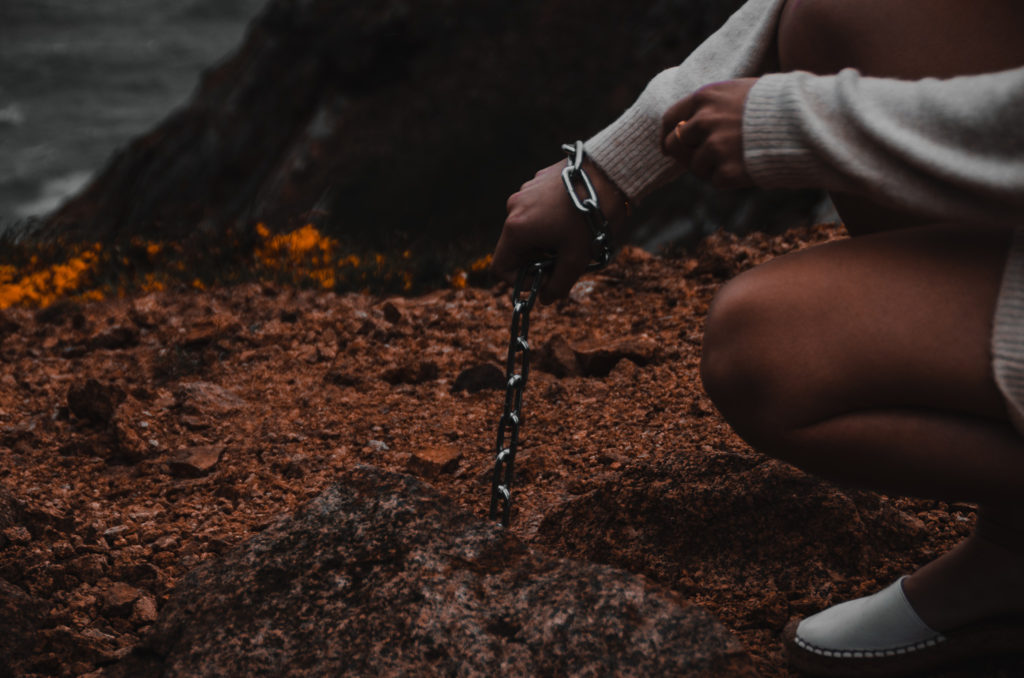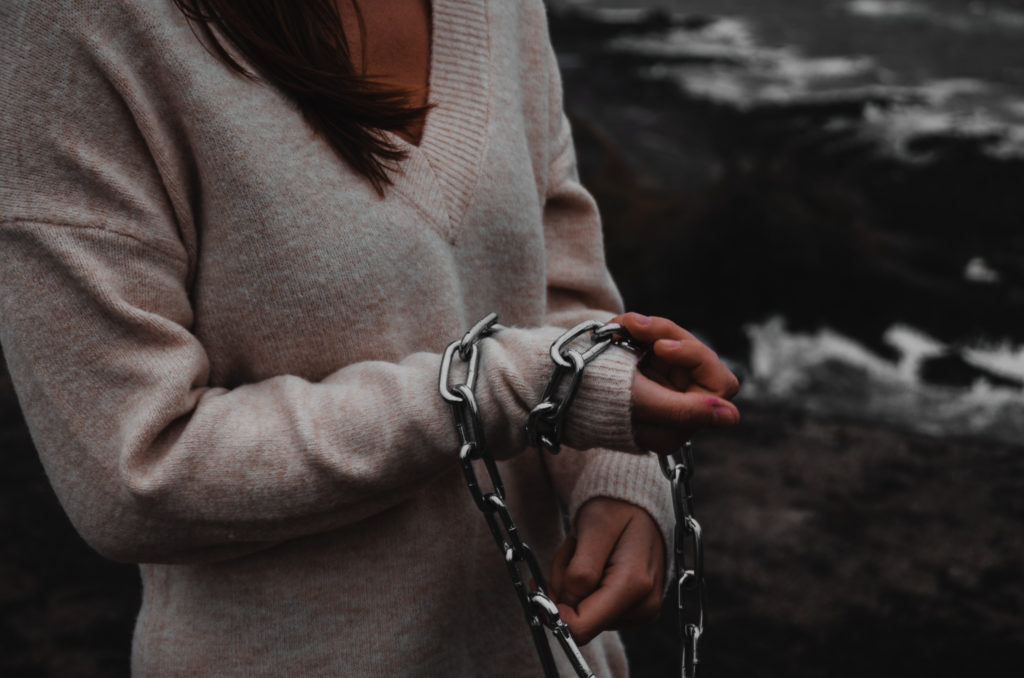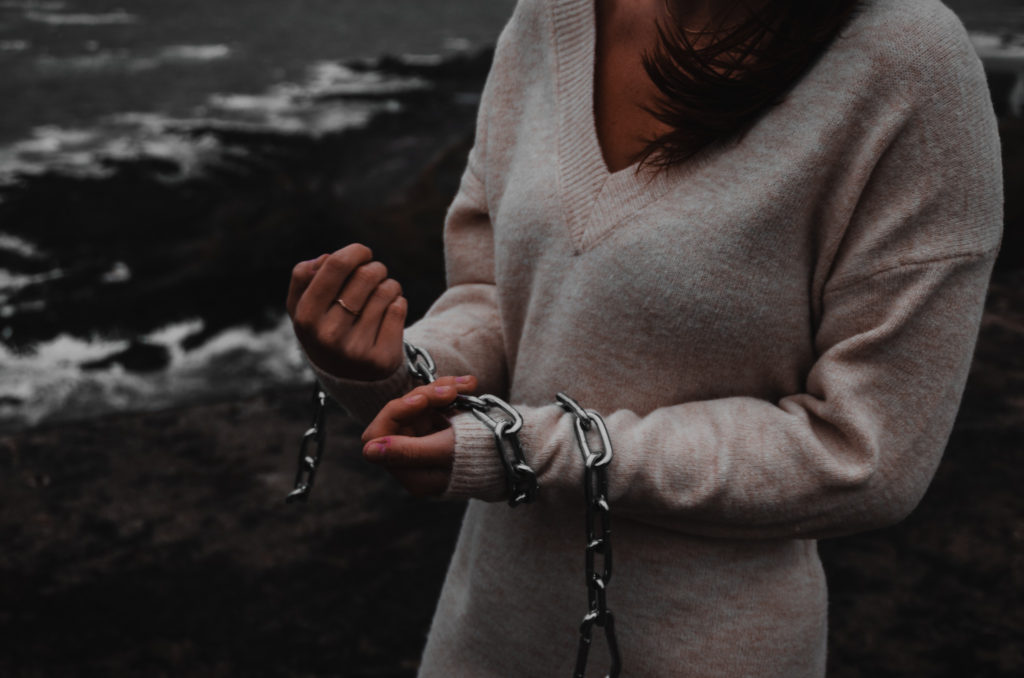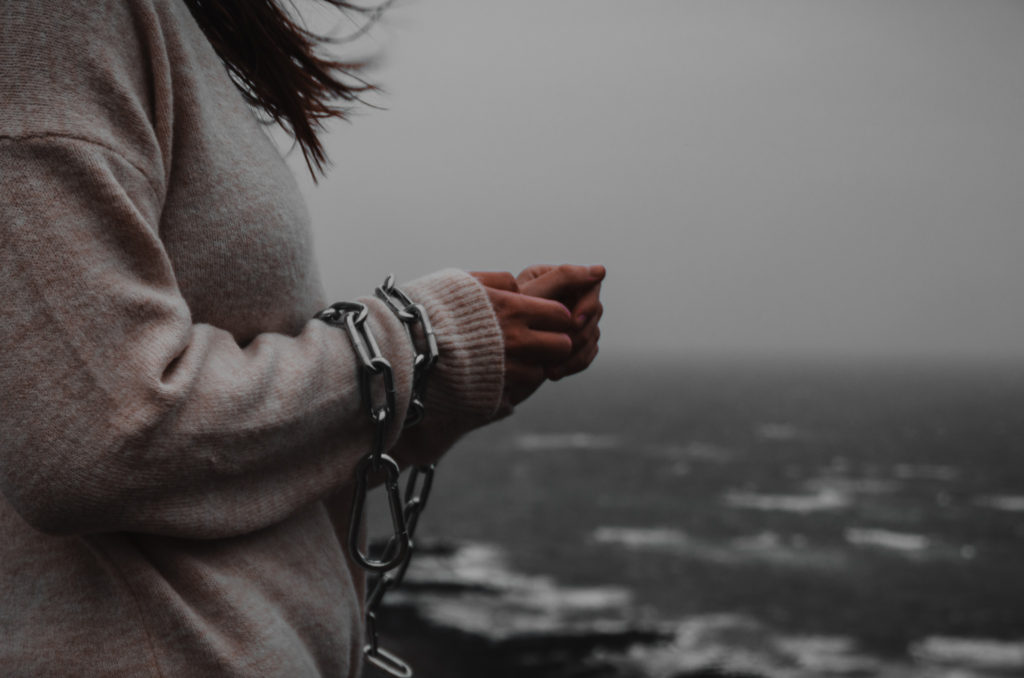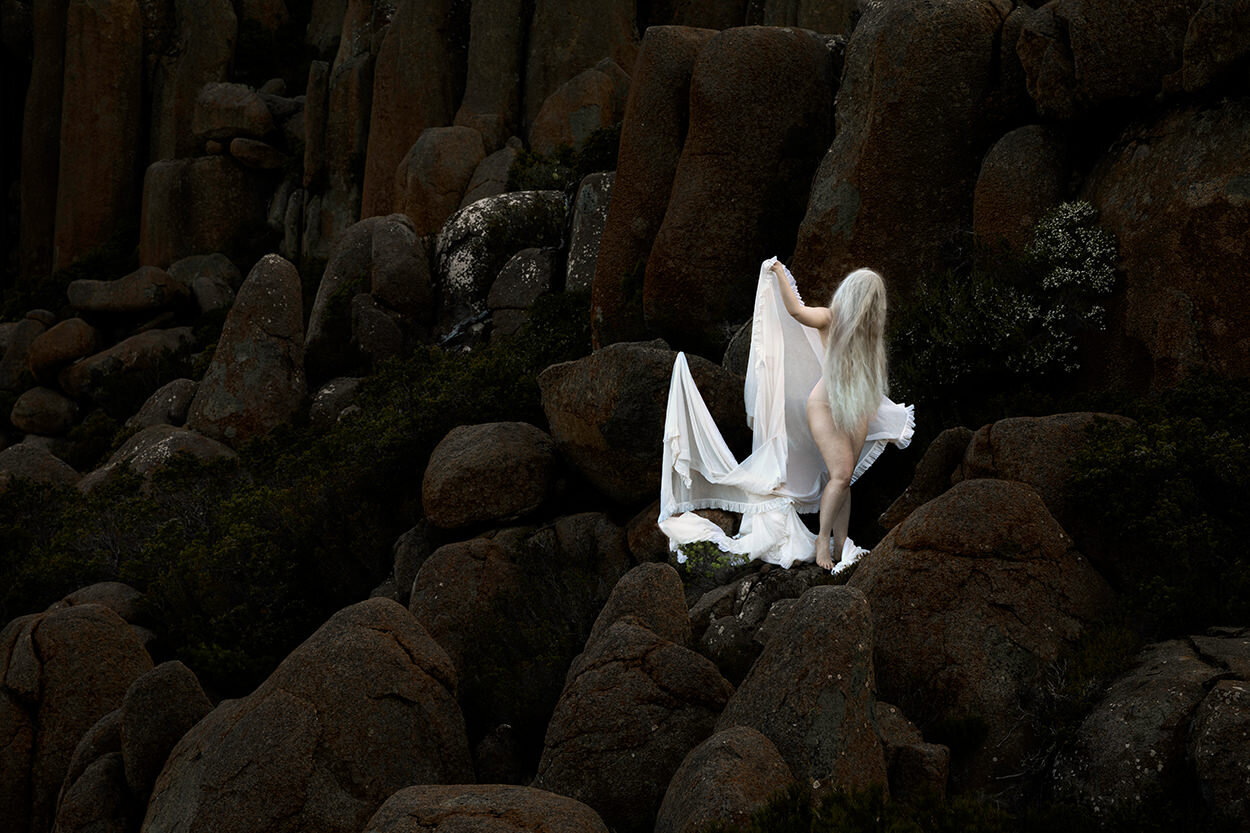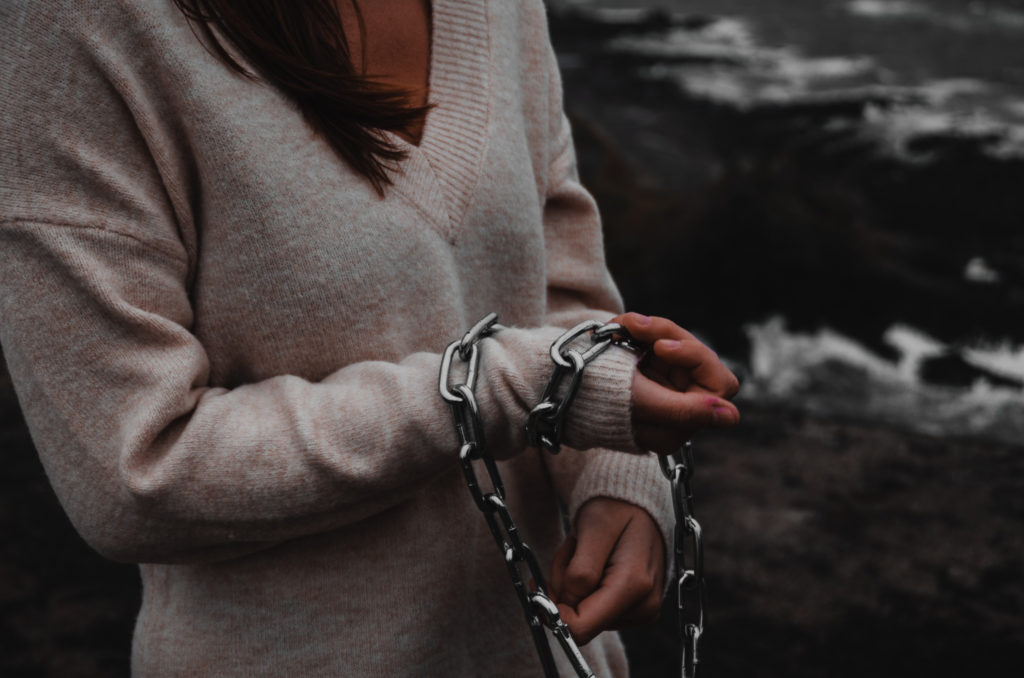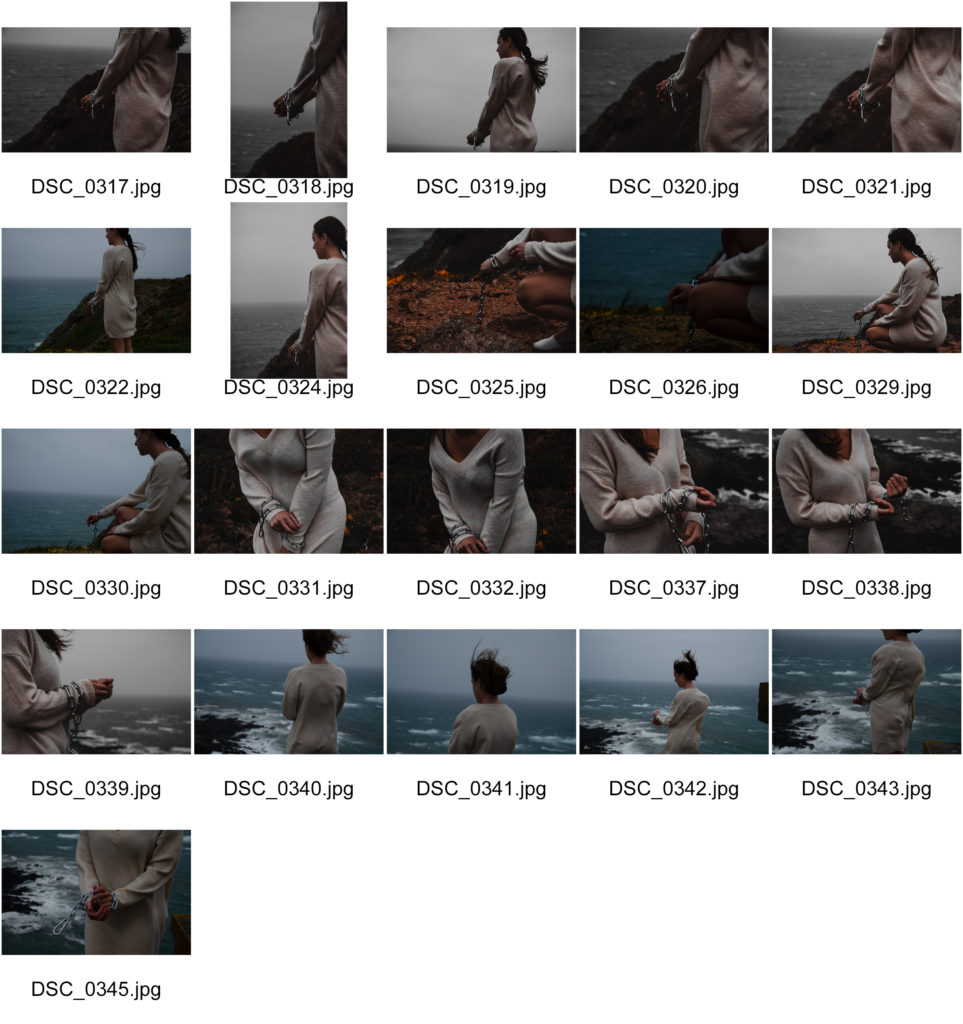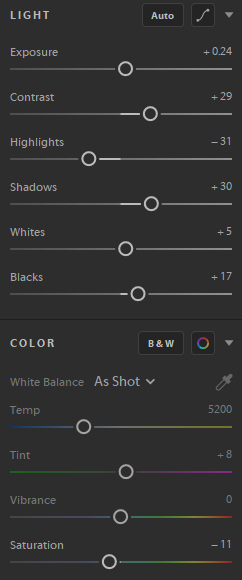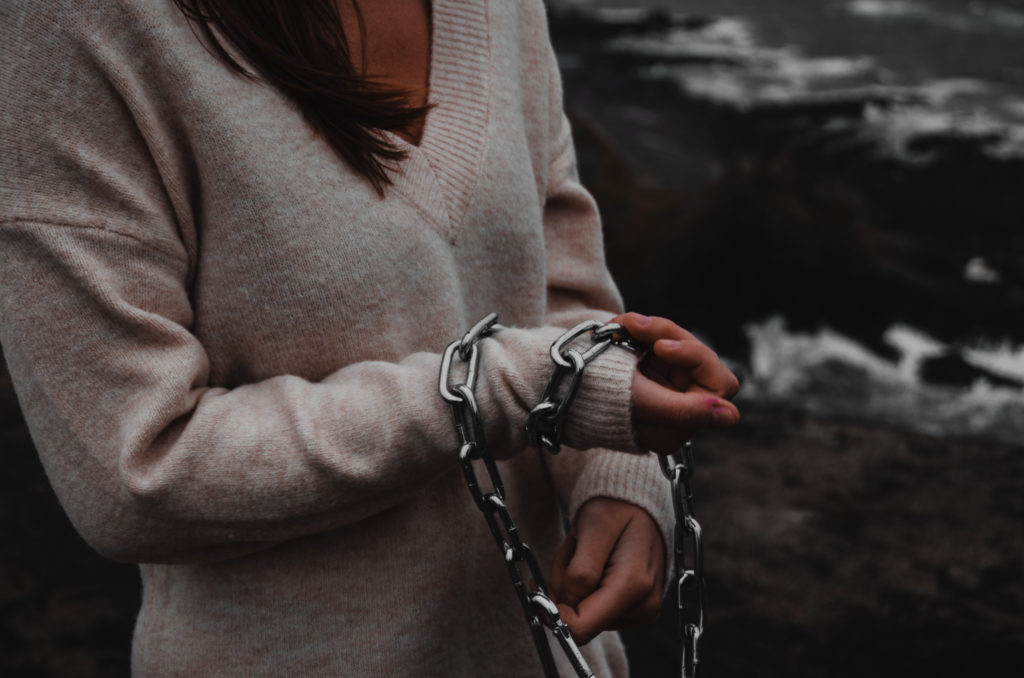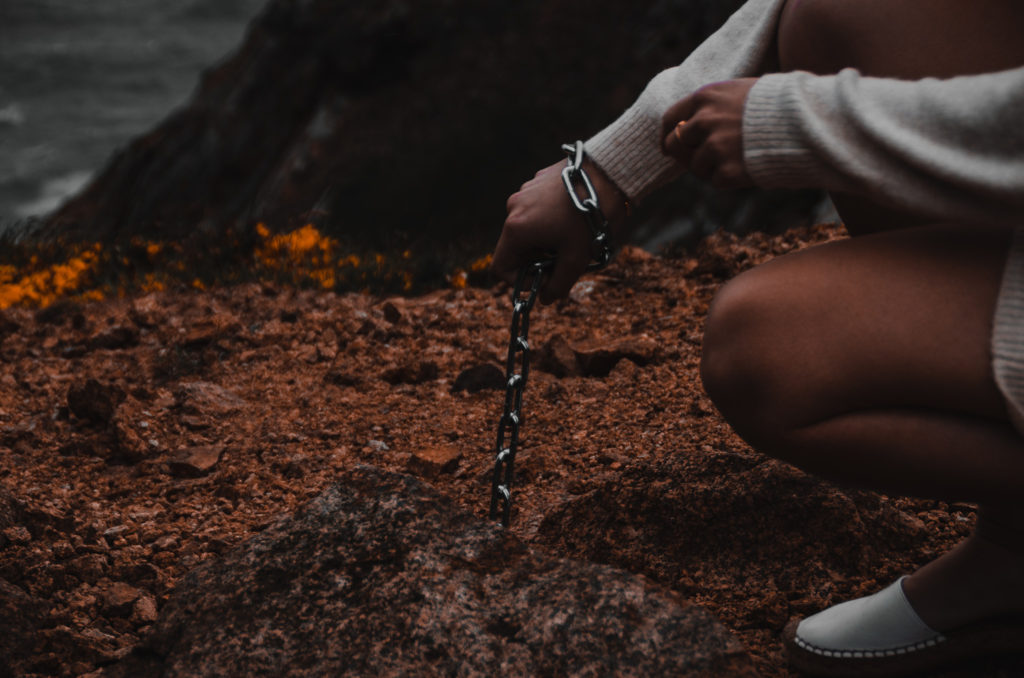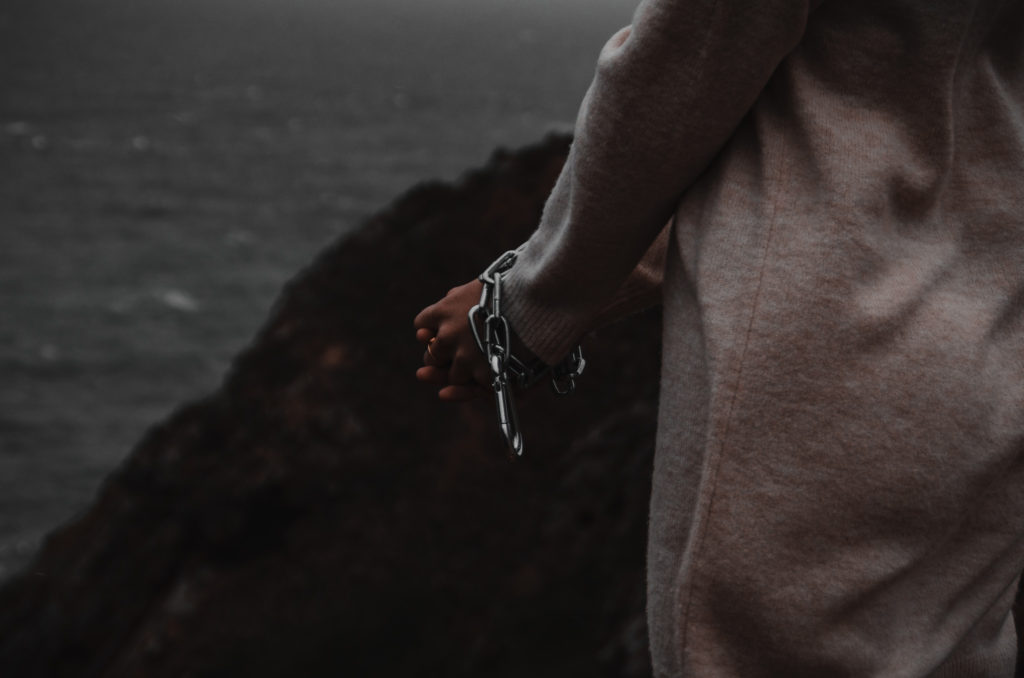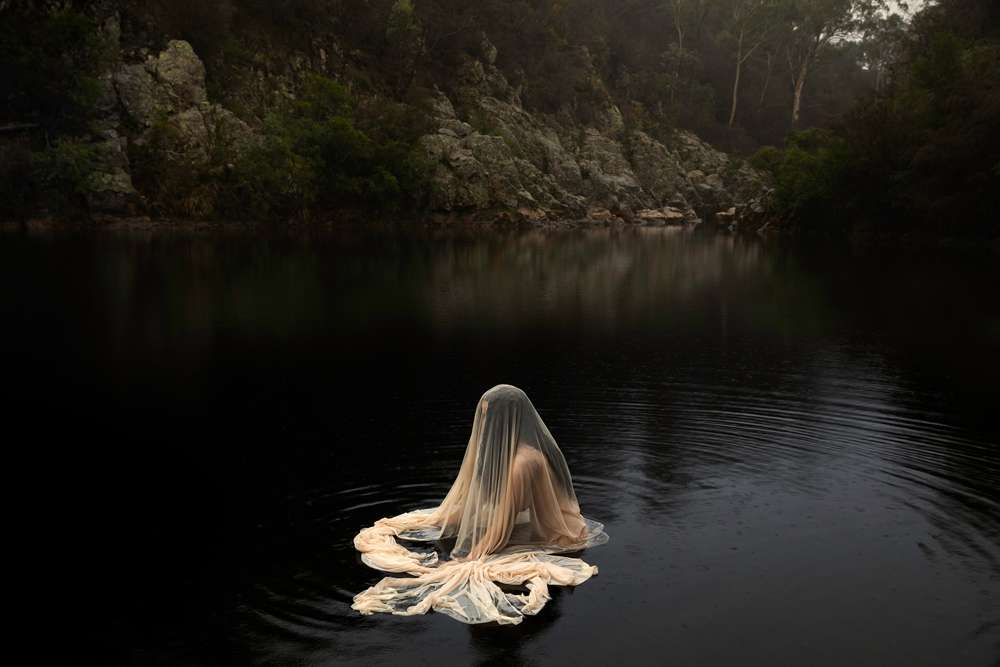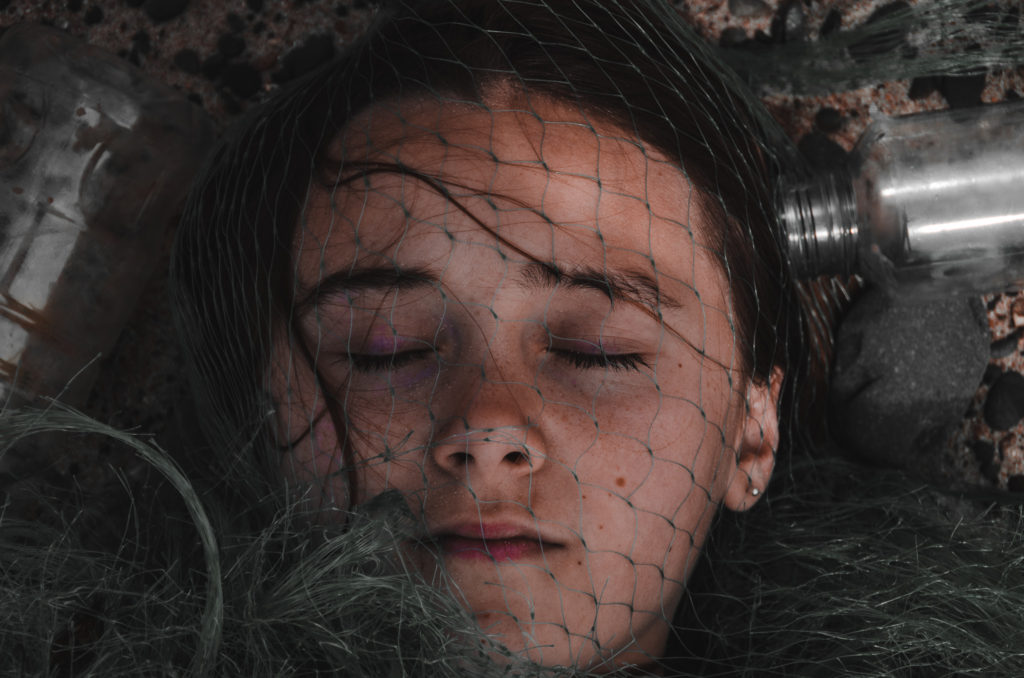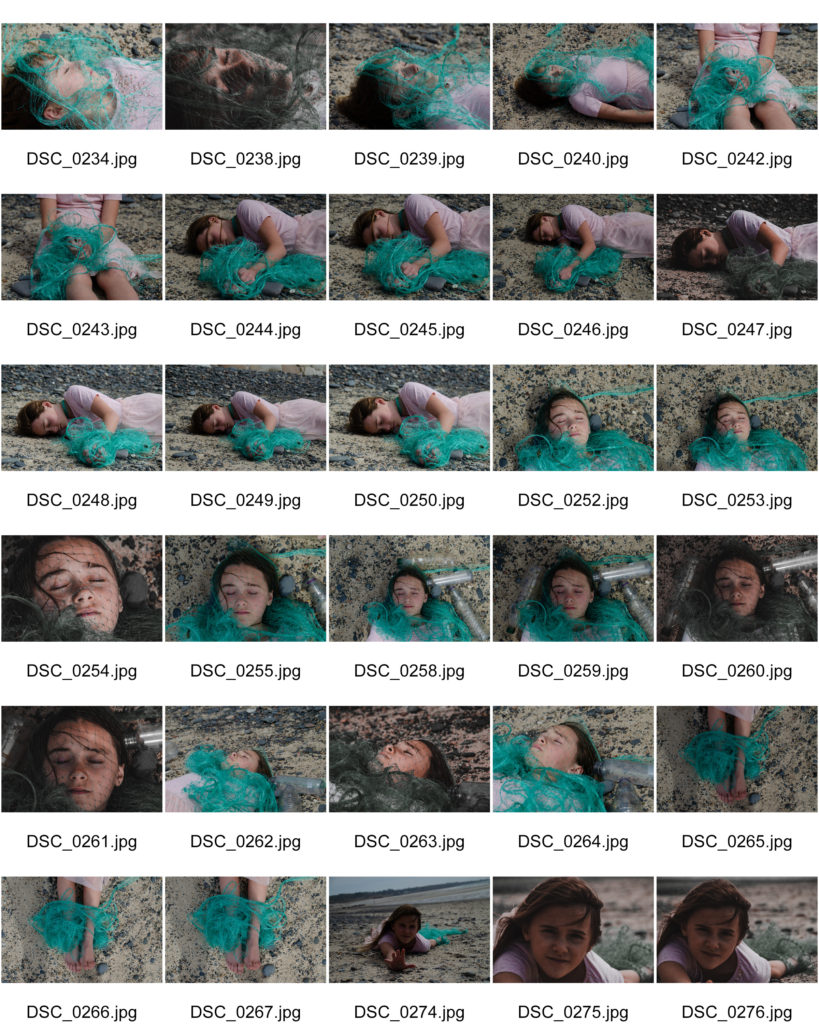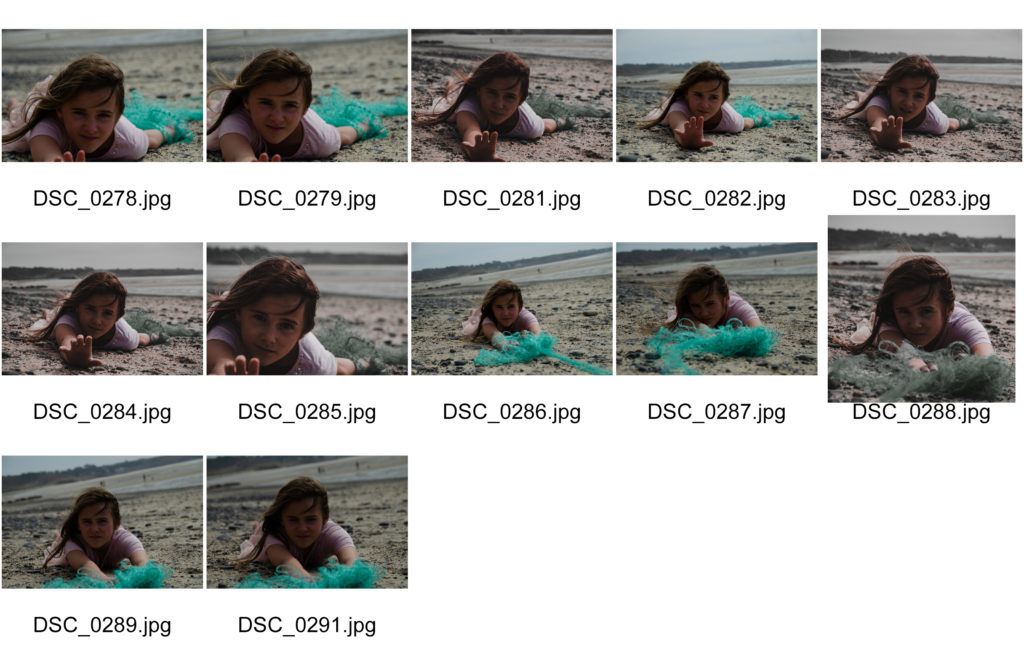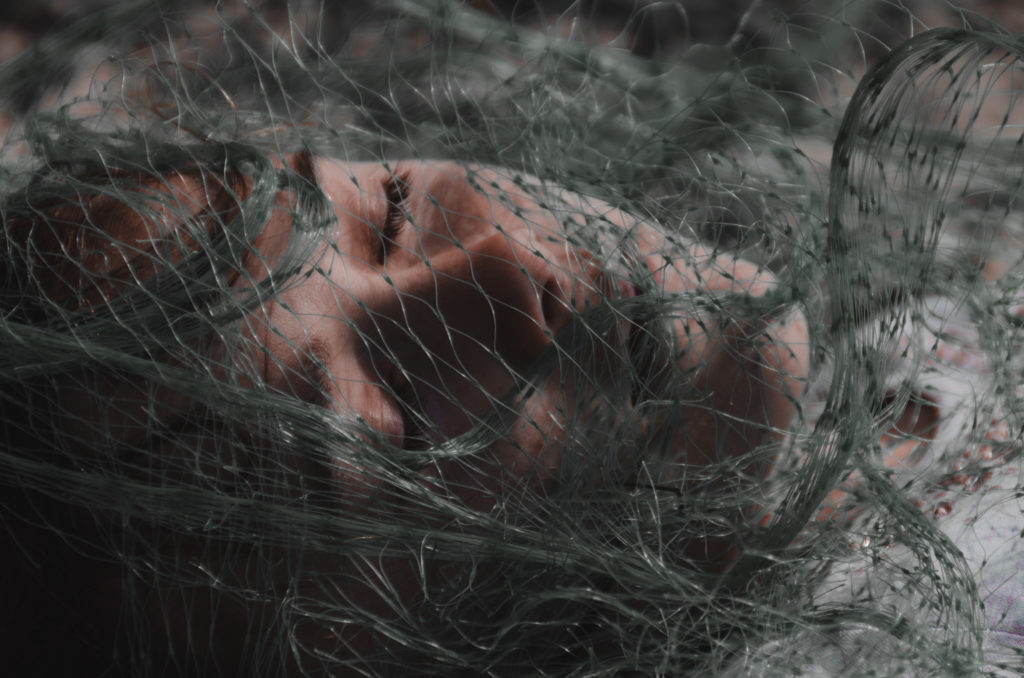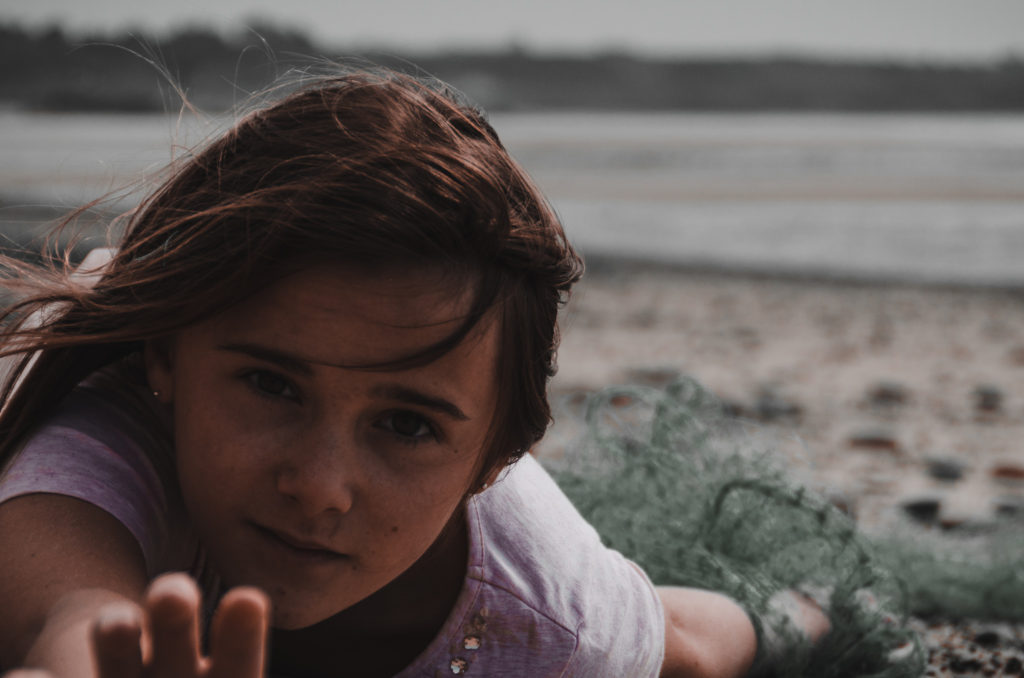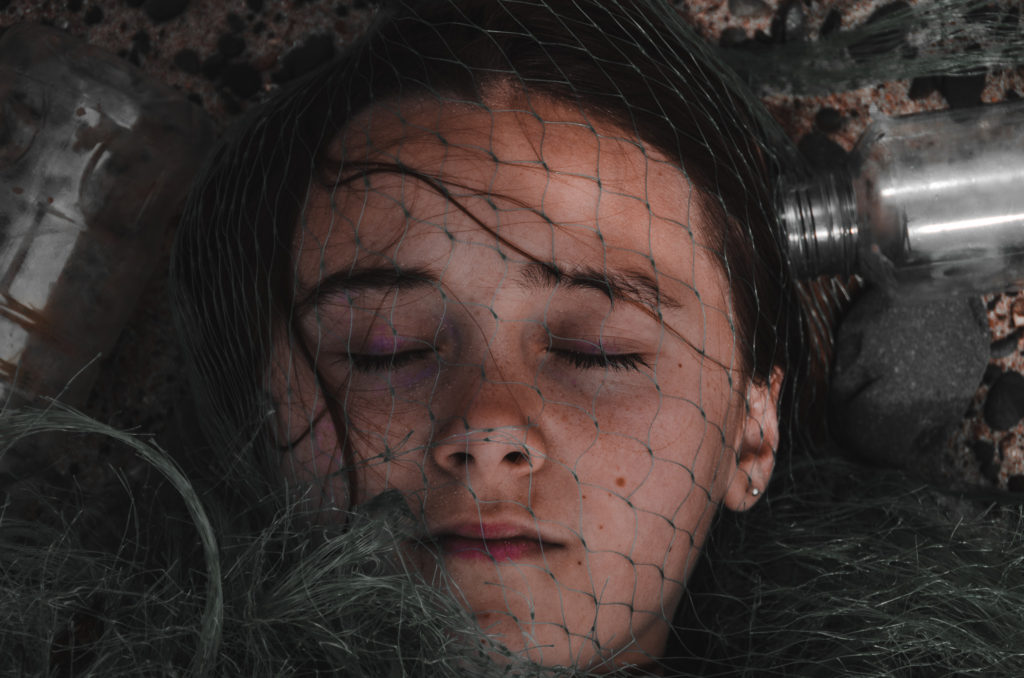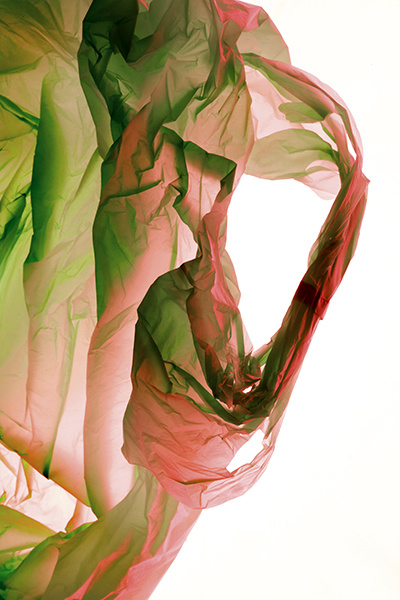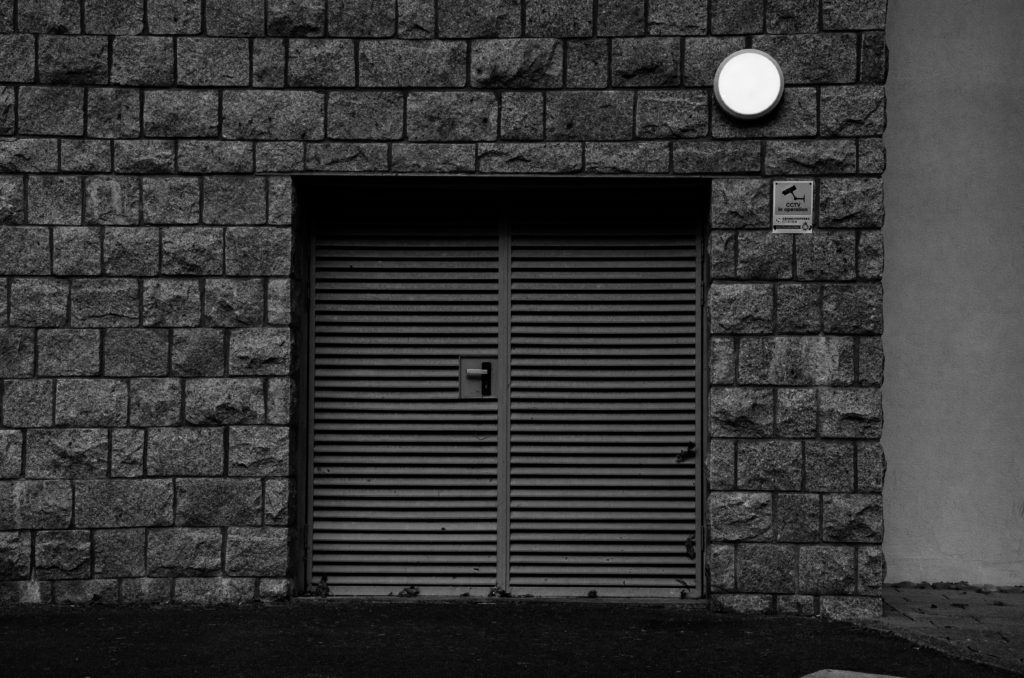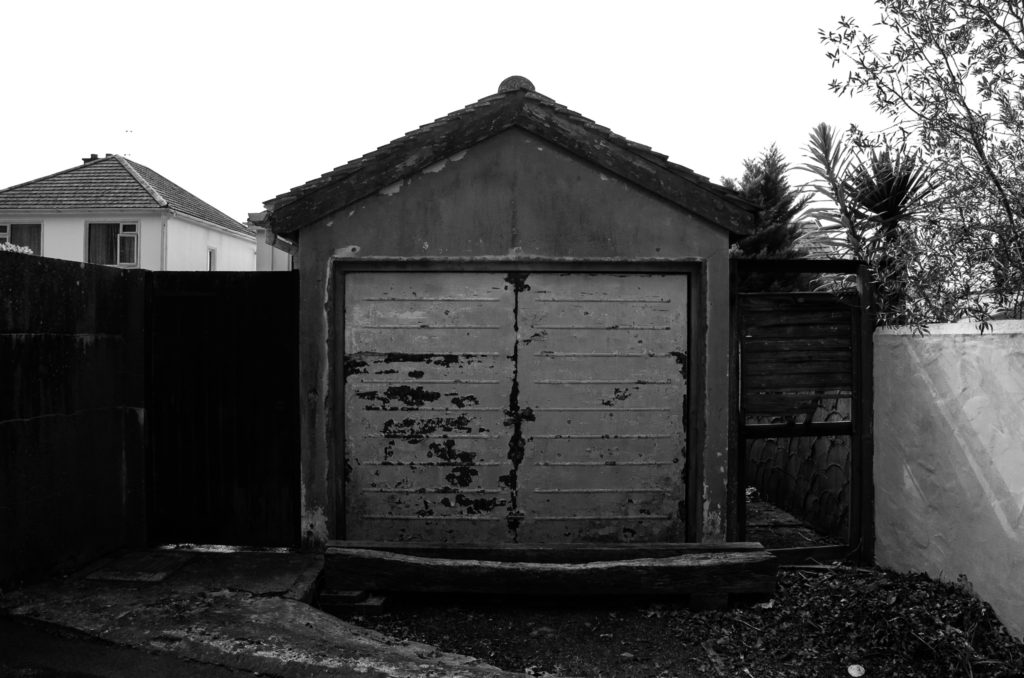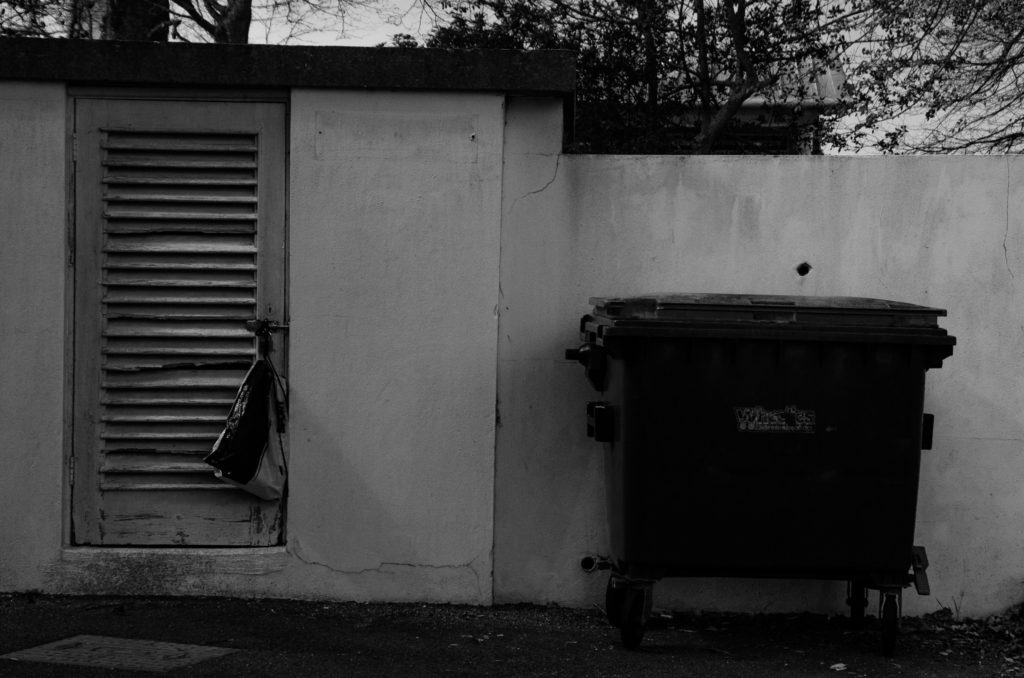Final Outcome Intentions
Anthropocene – ‘relating to or denoting the current geological age, viewed as the period during which human activity has been the dominant influence on climate and the environment.’
This whole project links to Anthropocene through how humans have affected the ocean wildlife. This is shown through the location and contents of my images. The abstract images induce the viewer to think more deeply then exactly what they can see, and to think about what parts of the image can symbolise. The chain and netting show how fish and other marine life is being trapped and killed through Anthropocene and humans actions.
The intention of these images is to (much like Jeremy Carroll) raise awareness and make people think more about Anthropocene as a whole.
Framing Ideas
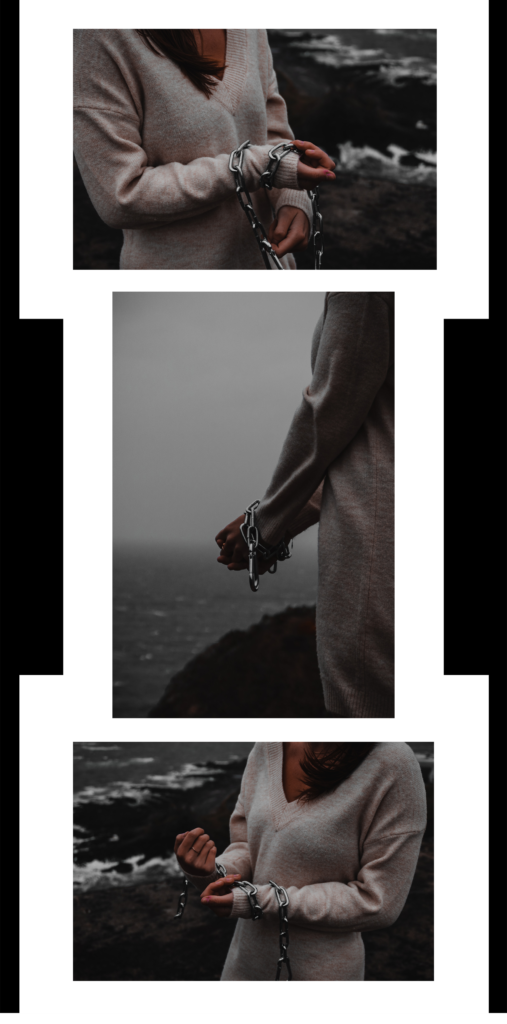
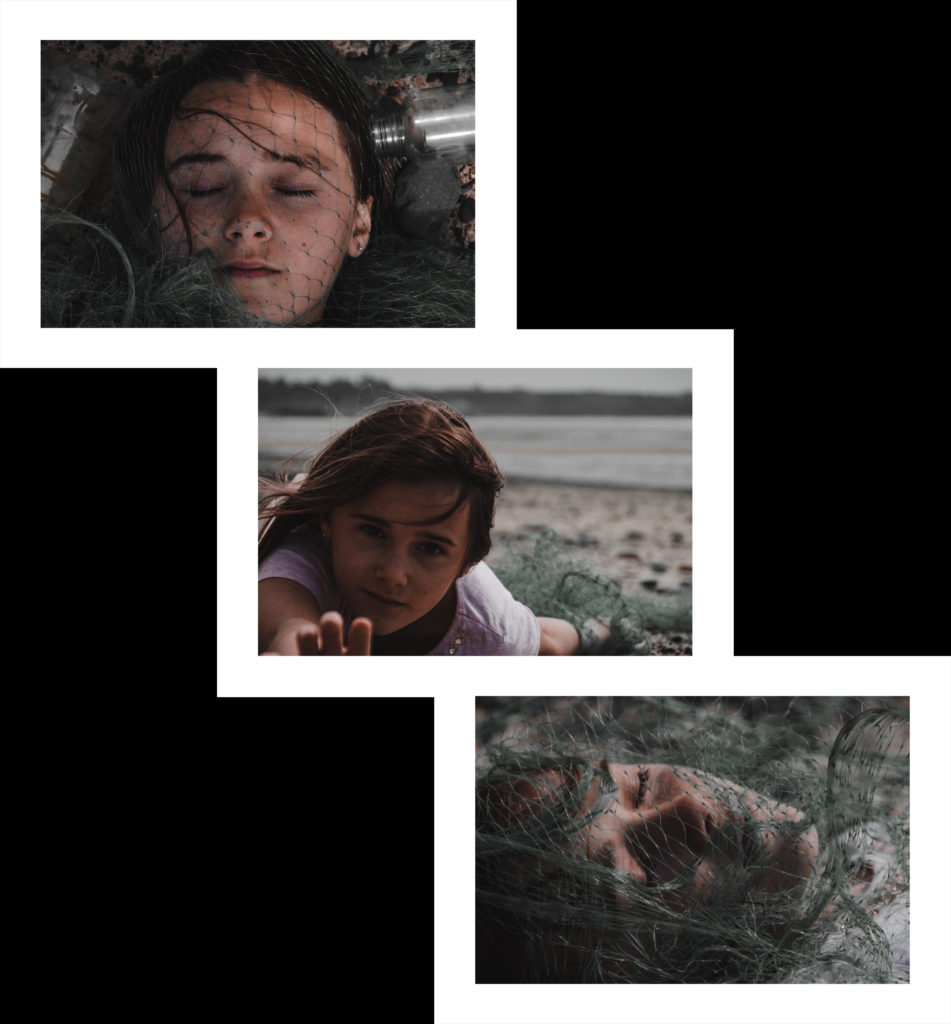
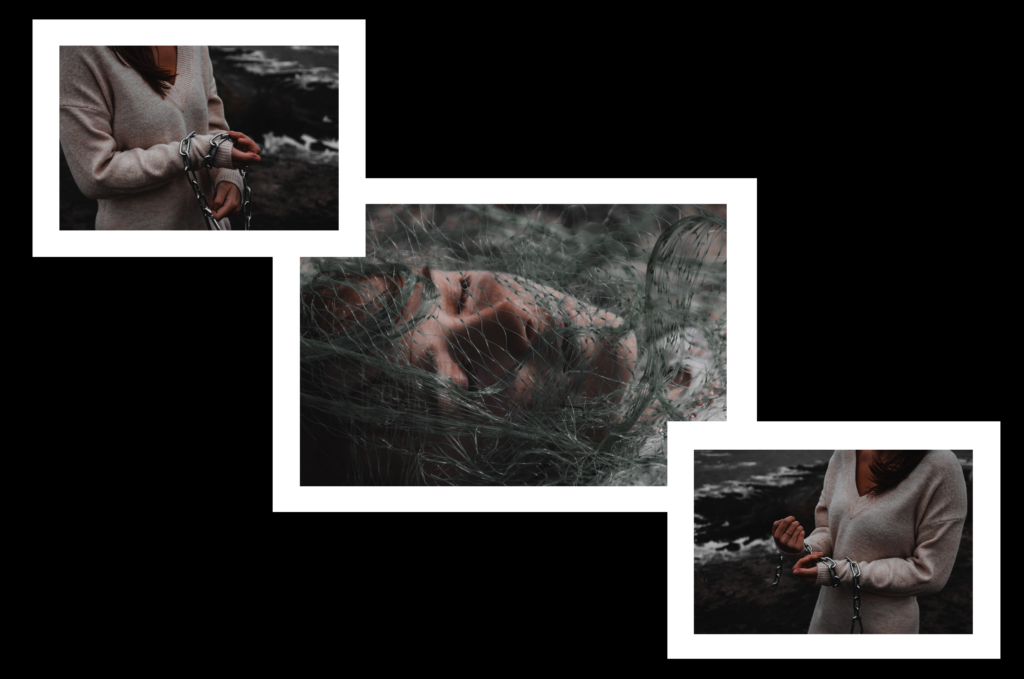
Image Manipulation


Final Outcomes
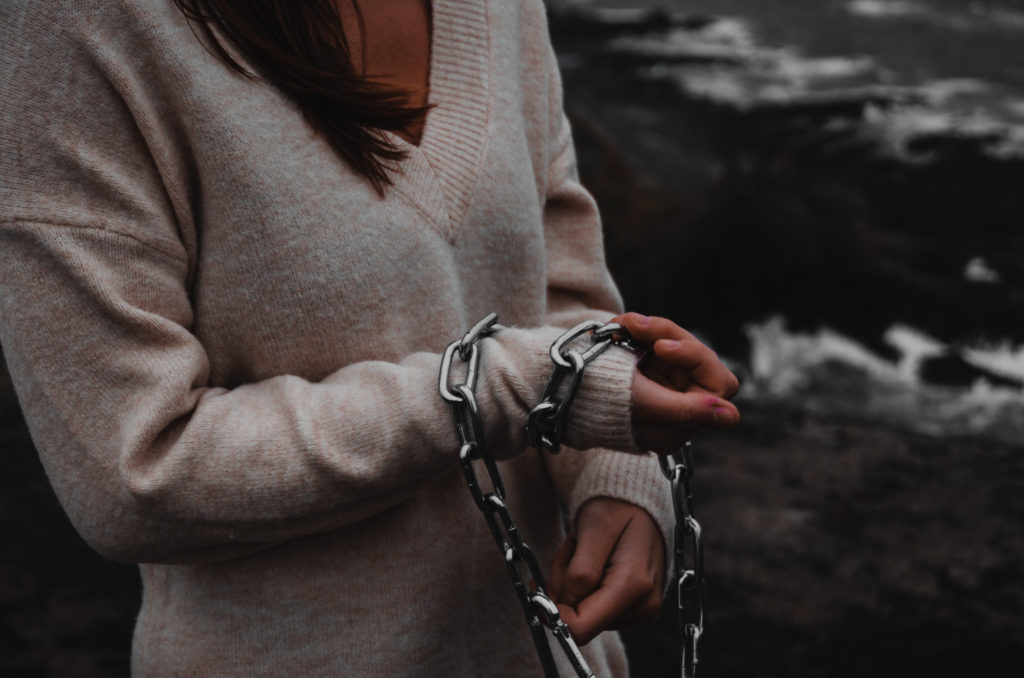
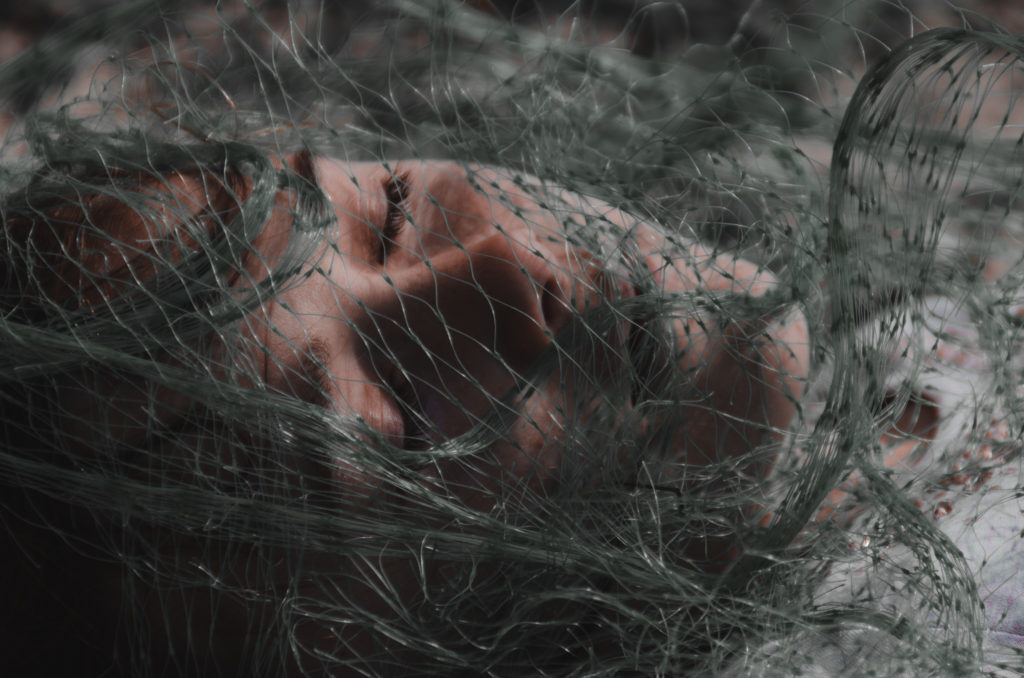
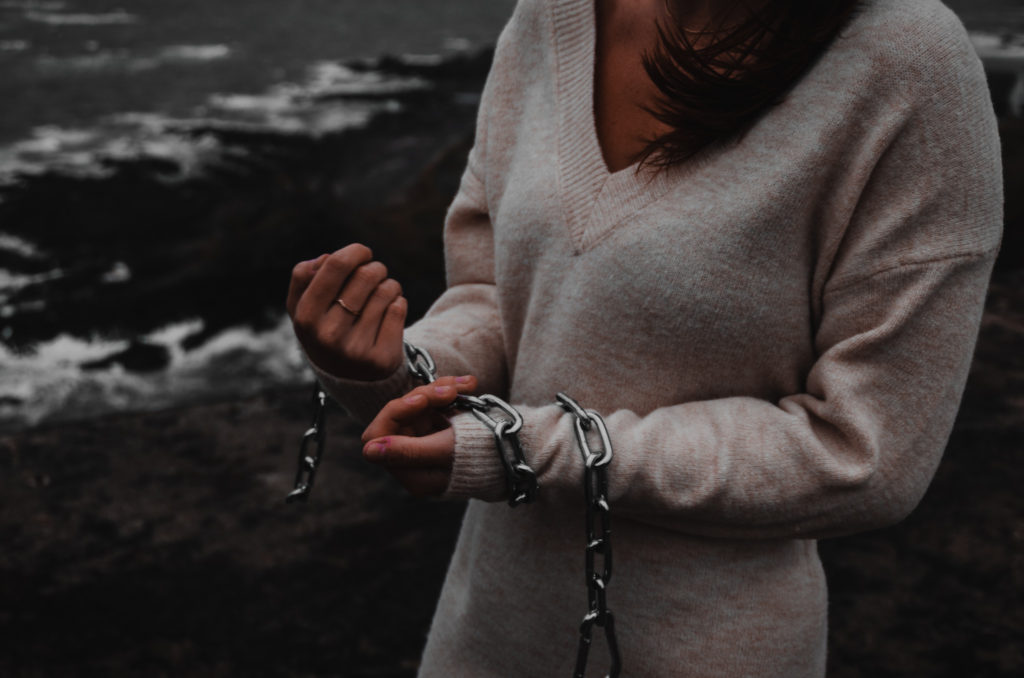
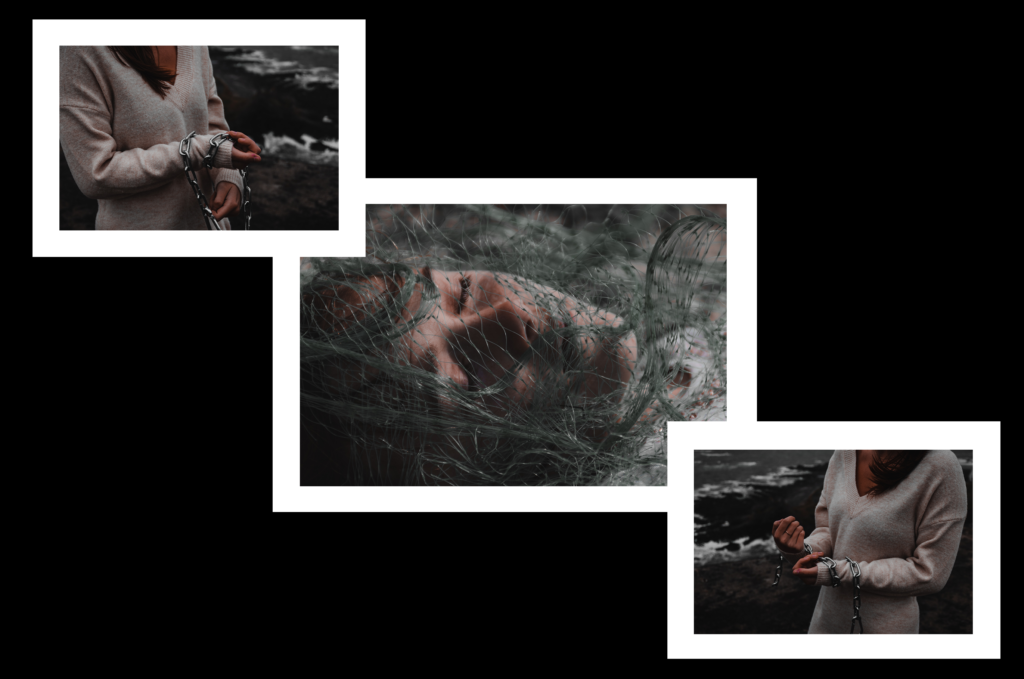
I chose these images and this framing pattern because the images compliment each other giving symmetry to the overall display. The outer images are from my second photoshoot, providing earth colours and moody tones. They also are orientated so that the subject of the image faces the centre, large image in the display, this creates even looking outer edges to the display. The centre image is from my first photoshoot and provides colour and texture, while keeping the earth and moody tones.

